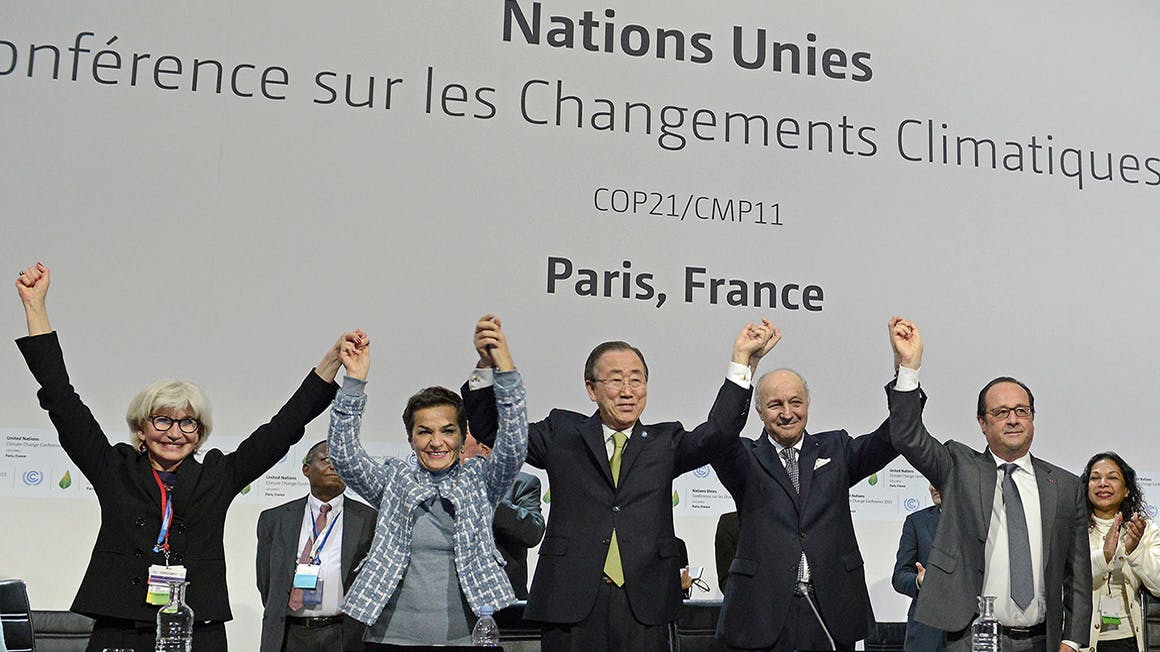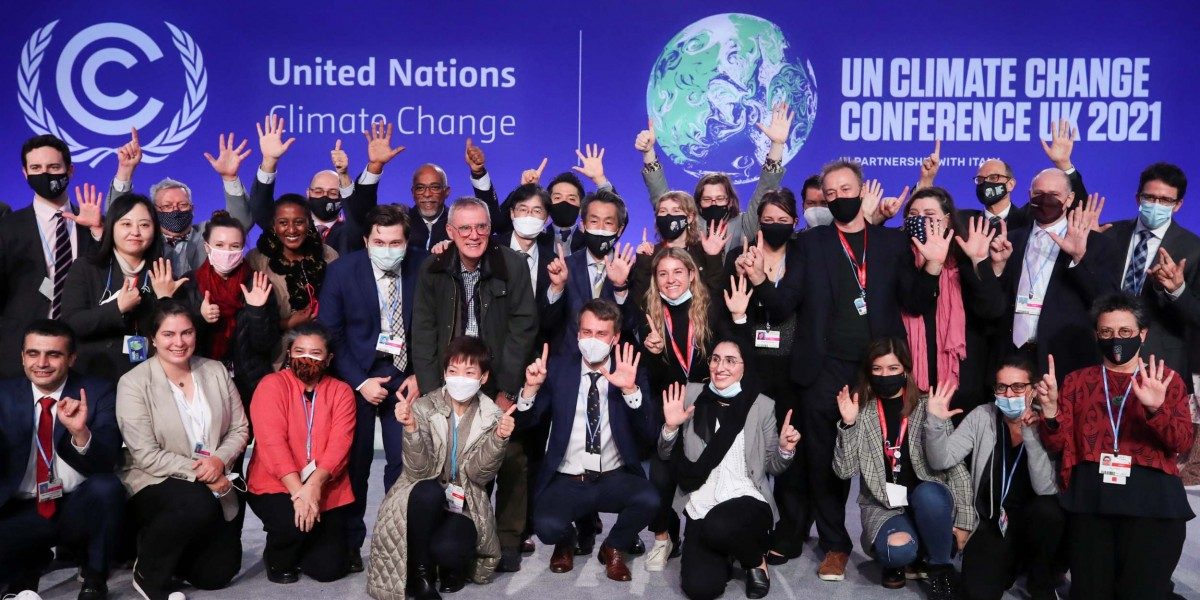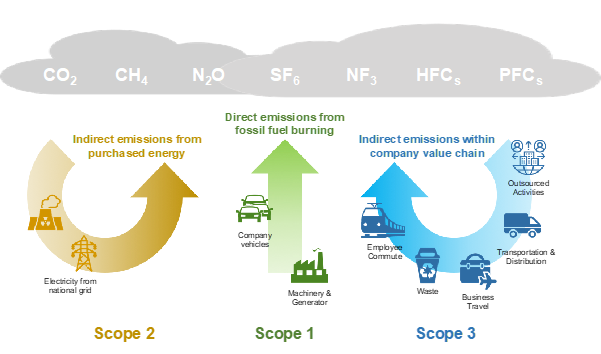
The Green Way to Post-Covid Recovery
The GREEN WAY TO POST-COVID RECOVERY
Green Financing and Green Sukuk
As governments forge ahead to rebuild economies that were devastated by the pandemic in recent years, the concept of green financing was propelled to the forefront of inclusive recovery. This evolves from the global sentiment that seeks to ensure that, this time around, no one is left behind in the collaborative efforts towards global peace and development.
 Following the historical COP26 summit in Glasgow in November 2021, the 11 countries within the Association of South East Asian Nation (“ASEAN”) region was fortunate to be endowed with the Green Recovery Platform. With a pledge of $665 million from four entities including the government of the United Kingdom, the platform was organized to accelerate ASEAN’s post-Covid recovery through low-carbon and climate resilient infrastructure projects. With almost 50% (US$300 million) of the funding to be forked out by the Green Climate Fund, opportunities are ripe for Green Sukuk – the Shari’ah compliant investments in renewable energy and other environmental assets. Green Sukuk forms part of Islamic Green Finance which includes green bonds and carbon finance.
Following the historical COP26 summit in Glasgow in November 2021, the 11 countries within the Association of South East Asian Nation (“ASEAN”) region was fortunate to be endowed with the Green Recovery Platform. With a pledge of $665 million from four entities including the government of the United Kingdom, the platform was organized to accelerate ASEAN’s post-Covid recovery through low-carbon and climate resilient infrastructure projects. With almost 50% (US$300 million) of the funding to be forked out by the Green Climate Fund, opportunities are ripe for Green Sukuk – the Shari’ah compliant investments in renewable energy and other environmental assets. Green Sukuk forms part of Islamic Green Finance which includes green bonds and carbon finance.
Credits: sukuk.com
The World Bank considers green sukuk as “a unique capital market instrument merging green and Islamic finance.” This financial instrument shares similar features with the conventional sukuk or Islamic bond which primarily requires compliance with Shari’ah principles, except that the proceeds of a green sukuk can only be used to fund environmentally-friendly projects.
Green financing through Sukuk issuance entails tremendous growth opportunities for Malaysia, having pioneered the first green sukuk issuance in 2017 through the Sustainable and Responsible Investment (SRI) Sukuk Framework spearheaded by the Securities Commission. To date, Malaysia still maintains its dominant position and market share by almost 50% compared to next in rank, Saudi Arabia.
As the undisputed leader in the US$2.2 trillion global Islamic finance sector[1] and strongly supported by a proven and reliable regulatory framework, the truly Asian country is uniquely positioned to lead ASEAN in rebuilding the post-pandemic green, inclusive and sustainable world for the present and the future generations.






